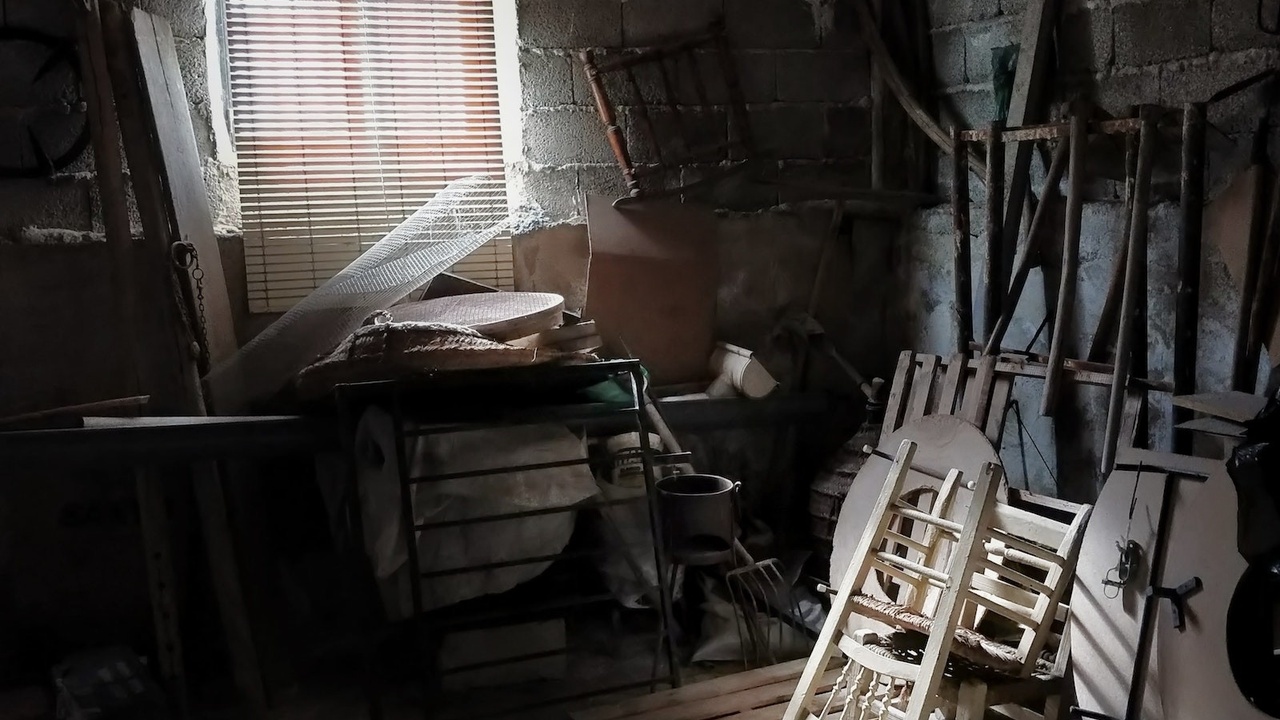Basement Mold Types and What to Do About Them
Aug 30, 2022
A tight chest. A loud wheeze. An incessant cough. When compromised, our respiratory system gives us signals that it needs our help. And whether you’re a business or homeowner, the health and vitality of your air quality can impact your building, especially in the basement.
Basements are the perfect environment for mold to thrive in. And while some molds can be common, if left untreated, they can lead to health complications that are short-term in some cases, and permanent in the worst-case scenario.
Why does mold grow in basements?
There’s nothing worse than realizing that you or a loved one has an allergy to something you’re unknowingly but consistently exposed to. For many people, it’s ragweed, pollen, and other atmospheric particulates that trigger a histamine response. For others, it’s trees, grasses, and molds.

Mold develops and colonizes in an environment ripe with wet and humid conditions, of course, this is what makes basements so susceptible. If persistent moisture exists, especially in a small, dark place, mold will inevitably grow.
What mold needs to grow
Like many species in the plant kingdom, mold requires sustenance to grow and expand. This includes a food source, oxygen, and water. Basements can often provide the perfect temperature due to the nature of their material makeup and high, locked-in humidity levels.
Mold can often be found in areas that leak from above, making basements particularly vulnerable to fungal growth. Basements can also have carpets, drywall or other organic materials that lead to quick contamination as mold spreads across the affected area.
How mold affects basement surfaces
Mold spores love to travel and can hitchhike on clothing, HVAC ductwork, shoes, and windows. Even your beloved furry family members can bring in mold spores after romping around in the backyard. Depending on the surface, mold can decompose most materials. Eating it’s a way through delicate, aging fabrics in your basement, even on ceiling tiles.
Mildew vs mold
We hear the terms mildew and mold thrown around a lot, and often together. Mildew is a specific type of mold or fungus, typically growing with a flat growth habit. Molds, however, consist of species of microscopic fungi that grow in multicellular filaments. Mildew is normally a light brown, white, or gray color and lives just on the surface of a moist area. Its appearance is often powdery and could be accompanied by a bad odor. Alternatively, mold usually presents as black or green with a musty smell and fuzzy appearance.
Dangerous types of mold found in basements
Over 100,000 different types of mold exist, and while not all of them are a threat, there are a few types you need to be aware of in the event that you identify them in your basement. Mold can be catastrophic to your health, weakening your immune system and leaving it in a compromised state. By knowing which type of mold you’re seeing, you can quickly determine the safety level and sense of urgency associated with treating this type.
White mold
White mold, a common type of mold, is powdery in appearance. White mold is derived from various fungal species that can appear in a myriad of colors throughout certain stages in its life span, from grayish, and greenish to white. This is all dependent upon the material of the surface it’s infected. Generally, you can find white mold feeding on things like old wallpaper, leather, drywall, and similar materials.
Green mold
Like white mold, green mold is comprised of various fungi species that can trigger things like lung inflammation and pneumonia. To those prone to allergic reactions and asthma, green mold is a huge trigger. Green is the most common mold color, as most molds will, at some point in their life cycle, turn green.
Black mold
Perhaps the most commonly identifiable mold is Stachybotrys chartarum, or black mold. Due to its toxic nature, the awareness surrounding black mold is usually high, but it can also be difficult to spot, especially depending upon the color of a surface. Black mold is one of the most harmful mold types and should be treated immediately if discovered.
When to test a basement for mold and air quality
If you’re just breaking into the learning sphere of mold types, it might be tricky to know when to test your basement for mold and air quality. Part of being able to identify and treat mold is knowing what to look for, and what steps to take from that point forward. If you see a concern or are experiencing health issues, it’s a good time to call an expert to test for mold.
Cleaning a basement of mold can be costly
Depending on the extent of the mold issue, mold remediation can be and is typically costly. But the most important step in remedying mold identification is to eliminate the source of moisture. With basements, you’ll most likely find that the culprit is water damage on the exterior of the building.
Become a mold assessor with NIAQI’s mold certification classes
Your health and safety are paramount. Knowledge is power, and setting yourself up for success means making investments in your education now to protect yourself and others in a future scenario with mold exposure. With NIAQI’s mold certification classes, you can become a mold assessor and transform that knowledge into active participation, protecting the health and wellness of everyone in your space. If you’re ready to get started, head on over to our website and connect with us.
Get mold industry news and updates from NIAQI.
Join our mailing list to receive the latest news and updates from our expert mold instructors.
Don't worry, your information will not be shared.
We hate SPAM. We will never sell your information, for any reason.


